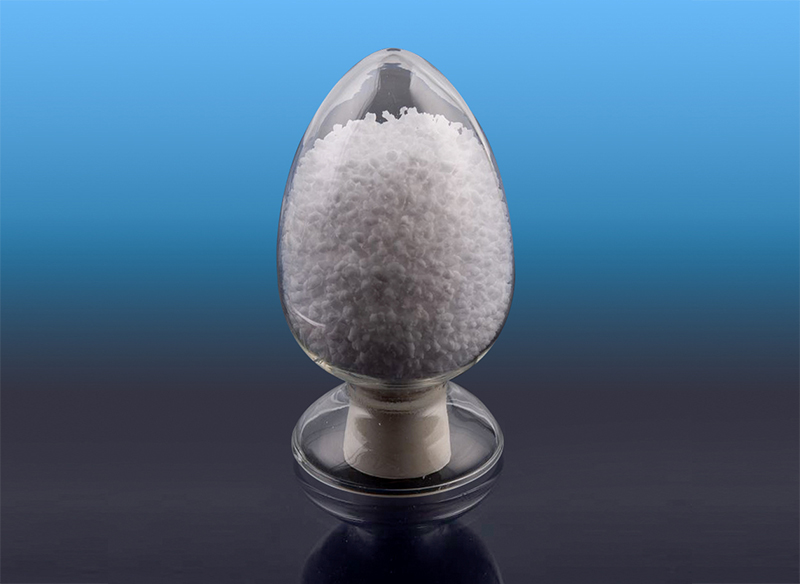How Can Molecular Architecture and Processing Techniques Unlock the Full Potential of Styrene-Butadiene Block Copolymers in Advanced Applications?
Styrene-butadiene block copolymers (SBCs), a class of thermoplastic elastomers, are renowned for their unique combination of flexibility, durability, and processability. Widely utilized in adhesives, footwear, automotive components, and polymer modification, these materials derive their performance from the precise arrangement of styrene and butadiene segments. However, as industrial demands evolve toward higher performance and sustainability, what molecular and engineering strategies are essential to tailor SBCs for next-generation applications?
Molecular Design: Balancing Phase Separation and Mechanical Properties
The performance of SBCs hinges on their microphase-separated morphology, where polystyrene (PS) domains act as physical crosslinks within a polybutadiene (PB) matrix. This structure enables elasticity at room temperature while retaining thermoplastic behavior at elevated temperatures. How can the ratio, sequence, and molecular weight of styrene-to-butadiene blocks be optimized to achieve desired hardness, tensile strength, and rebound resilience? For instance, increasing styrene content enhances rigidity but may compromise flexibility, necessitating a trade-off guided by application-specific requirements. Advanced polymerization techniques, such as anionic living polymerization, allow precise control over block lengths and architecture, enabling customization of thermal and mechanical profiles.
Processing Challenges: Mitigating Thermal Degradation and Flow Instabilities
While SBCs are inherently processable via extrusion, injection molding, or solvent casting, their butadiene segments are susceptible to thermal and oxidative degradation during high-temperature processing. How can manufacturers minimize chain scission or crosslinking without sacrificing production efficiency? Stabilizers like antioxidants and UV inhibitors are critical, but their compatibility with the polymer matrix must be carefully evaluated to avoid phase separation. Additionally, melt flow instabilities—common in high-shear processing—require optimized die designs and temperature gradients to ensure uniform material distribution and surface finish.
Adhesion and Compatibility: Enhancing Performance in Hybrid Systems
SBCs are frequently used as compatibilizers or toughening agents in polymer blends, such as polystyrene-polyethylene composites. Their effectiveness depends on interfacial adhesion between dissimilar phases. How can the chemical composition of SBCs be modified to improve compatibility with polar or non-polar matrices? Introducing functional groups (e.g., carboxyl or epoxy) via post-polymerization modifications or employing tapered block designs can enhance interfacial interactions. This is particularly vital in adhesive formulations, where SBCs must adhere to diverse substrates while maintaining cohesive strength.
Environmental Resistance: Addressing Durability in Harsh Conditions
In automotive or construction applications, SBCs face exposure to oils, solvents, and temperature extremes. The polybutadiene phase, with its unsaturated backbone, is vulnerable to ozone cracking and UV-induced degradation. What strategies can improve environmental resistance without altering the material’s recyclability? Hydrogenation of butadiene blocks to produce saturated mid-blocks (as in SEBS copolymers) significantly enhances oxidative stability. Alternatively, nanotechnology-based reinforcements, such as clay or silica nanoparticles, can create barrier effects against permeants while preserving elasticity.

Sustainability: Navigating Recycling and Bio-Based Alternatives
The shift toward circular economies demands SBCs that are recyclable or derived from renewable resources. Conventional SBCs, however, face challenges in mechanical recycling due to thermal degradation history. How can molecular redesign or depolymerization techniques facilitate closed-loop recycling? Incorporating cleavable linkages or dynamic bonds into the polymer backbone offers potential for chemical recycling. Concurrently, research into bio-based styrene and butadiene monomers—sourced from lignin or agricultural byproducts—aims to reduce reliance on fossil fuels while maintaining performance parity.
Functionalization for Smart Materials: Expanding Beyond Traditional Roles
Emerging applications in sensors, shape-memory materials, or conductive composites require SBCs with multifunctional capabilities. How can the inherent properties of SBCs be leveraged or modified to enable such innovations? Integrating conductive fillers (e.g., carbon nanotubes) into the PB phase could yield stretchable electronics, while stimuli-responsive blocks might enable temperature- or pH-dependent behavior. These advancements demand precise control over nanoscale morphology to ensure functionality does not compromise mechanical integrity.
Regulatory Compliance: Ensuring Safety in Sensitive Applications
In industries like medical devices or food packaging, SBCs must comply with stringent regulations regarding extractables, leachables, and toxicity. How can polymerization processes and additives be optimized to meet these standards? Ultra-purification methods, non-migratory stabilizers, and FDA-compliant plasticizers are essential considerations. Additionally, minimizing residual monomers or catalysts during synthesis reduces risks of contamination.





